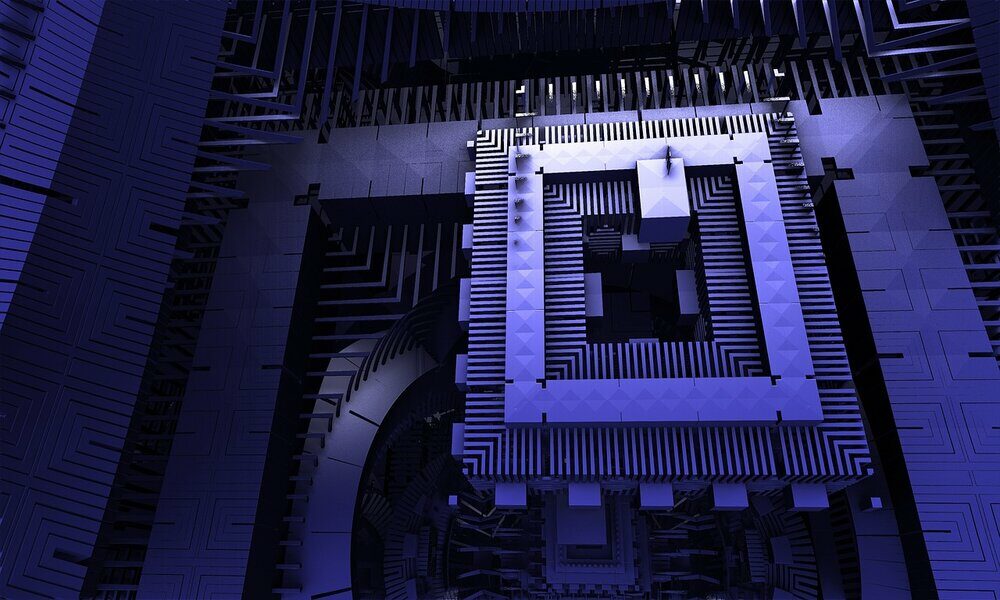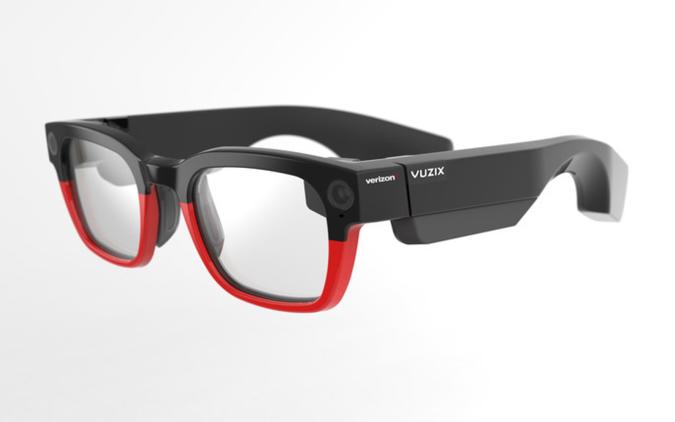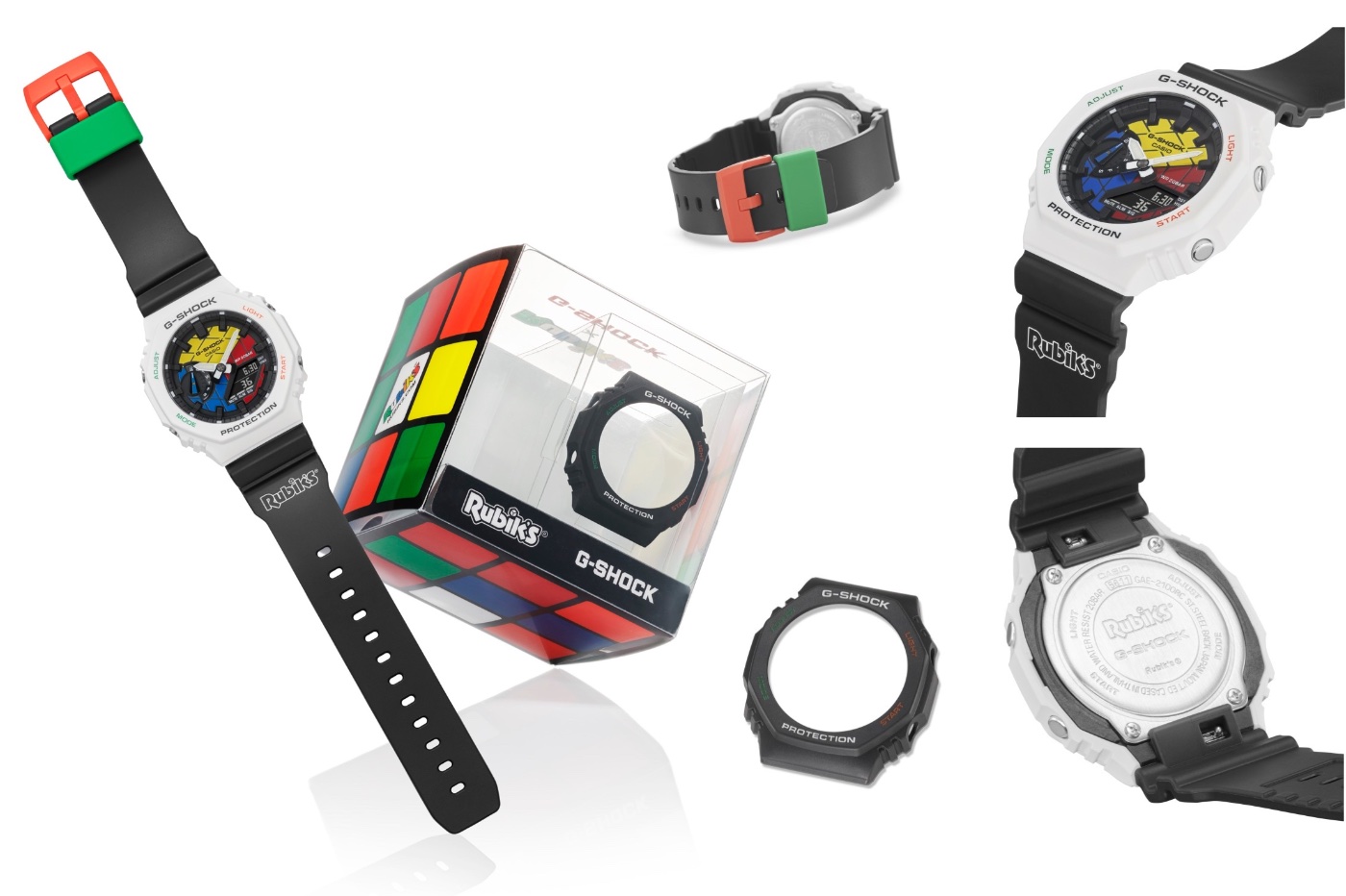
The investigations carried out in physics and technology have led to the demonstration that the work carried out by a quantum computer based on gates is capable of performing calculations that traditional computer hardware cannot. Now the work is focused on making it a reality and it is that quantum computing for general use still seems to be far away.
D-Wave Systems came to develop what would be its third cloud-based quantum annealing system, in addition to updating its coding tools to be able to respond to the problems that arise from business optimization. Quantum annealing is a type of quantum computing that is used to solve process optimization problems. The one carried out by D-Wave carried out performance comparisons with standard computer hardware.
We have recently learned that industry researchers, including academic institutions and a team from D-Wave, have made known their work in this regard comparing its quantum annealing with other methods in order to draw conclusions about its operation.
This is D-Wave hardware
Founded in 1999 by Haig Farris, Geordie Rose, Bob Wiens and Alexandre Zagoskin, D-Wave has become the first company in the world to sell quantum computers all over the world.coming to serve entities such as NASA, however, it is the leading company in the production of hardware and software in quantum computing.
When we talk about the hardware developed by D-Wave we do it of a set of superconducting cables, where its current can flow in any direction. These cables are interconnected in such a way that they serve each other. When configured correctly, the system behaves like what in physics is called spinning glassa metal alloy in which iron atoms were randomly mixed into a grid of copper atoms.
This process carried out by D-Wave and called thermal annealing, It has shown that it still has some limits and the company hopes that quantum annealing will have better performance than thermal annealing.. The company bases its study on the fact that, thanks to rotating glass, it will be possible to face different optimization problems.
The study of rotating glass
The research team used this spinning tumbler physics tool to test the actual operation of the hardware. By performing 16 spins, the analysts understand that the behavior of the system during quantum annealing could be directly calculated. In relation to this, the researchers state that “at this scale, we can numerically develop the time-dependent Schrödinger equation.”
The work with the quantum annealing technique has already been used in one of its processors, D-Wave’s Advantage, which has more than 5,000 qubits, placing it above its quantum rivals. Now, these results obtained confirm that the D-Wave processor reaches the expected levels.
Once the objective was reached, the investigation then focused on much larger rotating vesselswith thousands of turns, so in the words of the researchers themselves “the simulation of the Schrödinger QC dynamics with a classical computer is an unpromising optimization method, since the memory requirements grow exponentially with the size of the system”.
The real hardware and the simulators showed a similar behavior, since the energy gap between the system and its state decayed as a function of the travel time. In this sense, it can be stated that the system begins with a very high energy state and the energy gap decreases depending on the time it is at a certain power.
The simulated quantum anneal shows a higher exponent than the simulated thermal anneal, while the D-Wave tool has a higher exponent. The problem found by the researchers was that the system scaled with the number of spins that were tracked. There was a constant relationship between the annealing time and the amount of energy left in the system.
D-Wave tries to solve optimization problems in a general way, although it still remains to apply them in practice. However, despite the uncertainty surrounding the process, trials have shown the scale advantage of quantum annealing hardware that seems set to settle all doubts surrounding D-Wave hardware.



